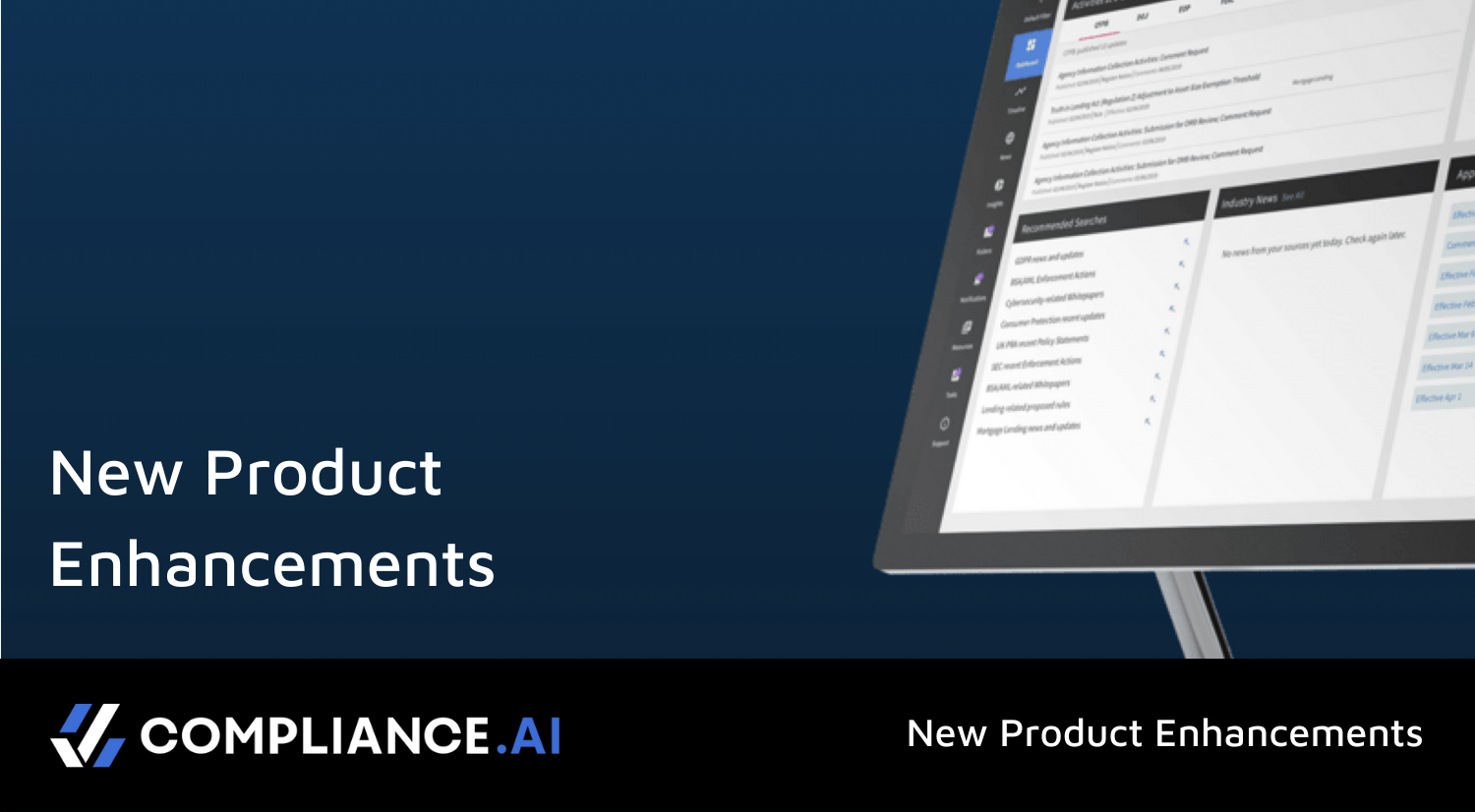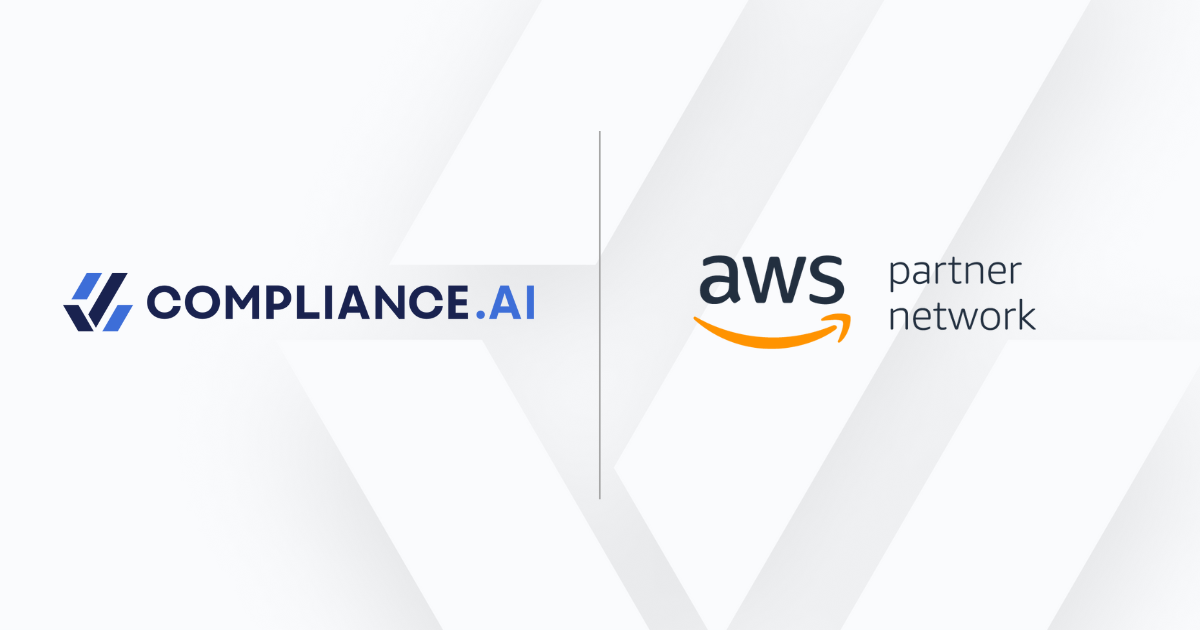Regulatory compliance is both a necessary and costly business expense for banks. In an era of global trade and ever-changing regulations, the burden of compliance can be overwhelming for financial institutions. Traditionally, a dedicated compliance staff is necessary to review regulatory compliance filings and stay abreast of new regulations and proposed rules in the financial sector. In 2016, banks spent nearly $100 billion on compliance alone.
In 2017 and beyond, there is a different option — one that harnesses the power of artificial intelligence (AI) to not only cut costs but to make the compliance process more efficient and effective. By 2020, spending on regulatory technology (known as RegTech) is expected to reach $118.7 billion, while spending on more traditional forms of compliance, such as attorneys and other compliance personnel, is anticipated to fall.
The use of RegTech by banks is predicted to grow exponentially over the coming years for a simple reason: automation saves time, saves money, and increases accuracy. This makes automation necessary in a competitive and complex global market. The number of financial regulations currently in existence is staggering and is only predicted to grow. One think tank has estimated that over 300 million pages of regulatory documents will be published by 2020, and over 600 legislative initiatives will need to be cataloged by a medium sized sell-side institution. Keeping pace with this level of regulation and legislation will be incredibly challenging for even the largest banks. Automation can provide the necessary support for financial institutions, by tracking, interpreting and flagging the relevant regulations to help banks save both money and time.
Automation Allows for Greater Agility
RegTech products are typically cloud-based, which makes them incredibly flexible and responsive. AI-driven Automation can help banks reduce risk by identifying complex patterns in data to create more accurate risk models. Automation can also be utilized to monitor a variety of regulatory matters within a bank, such as know your customer (KYC) regulations, money laundering related compliance documents, trade monitoring, and rogue employee detection. The flexibility offered by automation can greatly increase both the efficiency and effectiveness of a bank’s compliance program.
Banks can also benefit from a RegTech application that enables real-time monitoring of new regulatory requirements that are relevant to its business. This type of AI-driven automation gives a bank the ability to adapt to changing conditions. The application of AI in RegTech gives financial institutions the ability to stay current on regulatory changes, which ultimately reduces the risk of non-compliance.
Automation Reduces Compliance Costs
The cost of compliance with a vast and ever-evolving web of financial regulations in the United States and throughout the world can be significant. While large banks are better able to absorb the expense of a substantial compliance staff and expensive Governance, Risk and Compliance software, the cost of compliance increases for mid-size and smaller banks. For banks with assets ranging from $1 billion to $10 billion, total compliance costs were an average of 2.9 percent of their non-interest expenses. However, for banks with less than $100 million in assets, compliance costs represented an average of 8.7 percent of their non-interest expenses.
The sheer number of regulations governing financial institutions and the length of these documents has traditionally made the cost of compliance difficult to avoid. However, the application of automation to the process could save banks as much as 30 percent. In one example of how AI can help to save thousands of hours — and even more money —JP Morgan Chase & C0. software reviewed commercial loan agreements that had previously taken 360,000 hours of review by attorneys. RegTech functions in a similar fashion, by scanning financial regulations to make sure that financial services organizations, such as banks are up-to-date on its compliance requirements, or by applying AI to compliance filings or employee behavior. Some software even has the capability of selecting specific rules in regulatory documents and sending them to people and departments that must comply with those rules. While compliance staff are still necessary to make determinations on how to apply these rules, the employees can significantly save time because the software would “alleviate the drudgery” of reviewing thousands of pages of financial regulations in order to parse these rules, to find out which ones are relevant to their business, and to match the language used within these documents with the terminology (or taxonomy) used within their organization.
Automation Increases Responsiveness
With an automated system in place, banks are in the position of being able to proactively respond to potential changes in the regulatory framework and immediately implement compliance initiatives. Compliance.ai’s technology permits financial institutions to monitor regulatory updates such as executive orders, state-level code, enforcement documents and relevant news and white papers, and last but not least, proposed changes. This gives financial institutions the opportunity to submit comments or lobby their representatives regarding a rule change that may negatively impact their business. Knowing about regulatory changes as they occur, in near-real-time, allows financial institutions to avoid potential exposure for non-compliance, audits, and penalties. The use of automation gives banks an edge over the use of traditional compliance staff in this regard, as AI allows for real-time monitoring of financial regulations that permits this level of responsiveness.
Through the RegTech industry, the power of automation can be used to allow financial institutions to substantially reduce the costs of managing compliance, increase the ability of banks to respond to changing regulations, save significant amounts of time, and reduce the risk of financial penalties for failure to comply with these regulations.
Check out how Compliance.ai is saving the Bank of Marin time and money through the Pro Edition platform. Read the Case Study here.

 Automatically monitor regulatory updates to map to your internal policies, procesures and controls. Learn More
Automatically monitor regulatory updates to map to your internal policies, procesures and controls. Learn More




